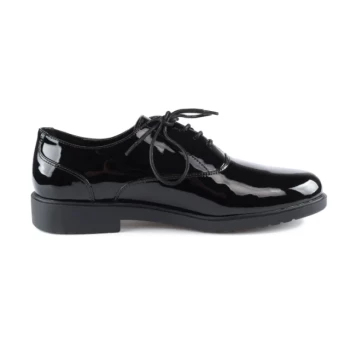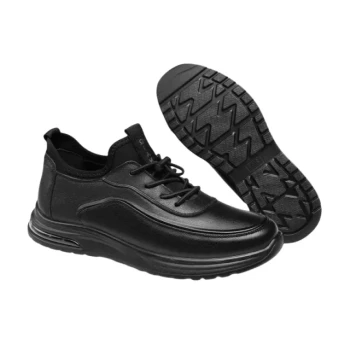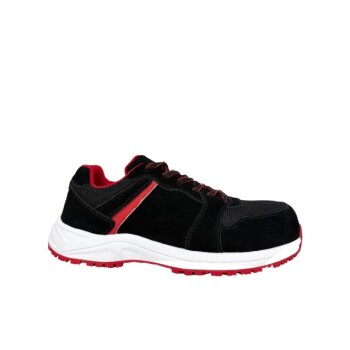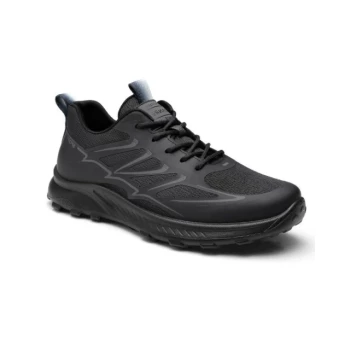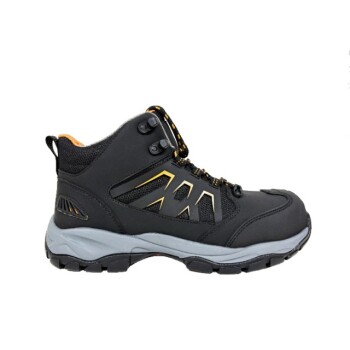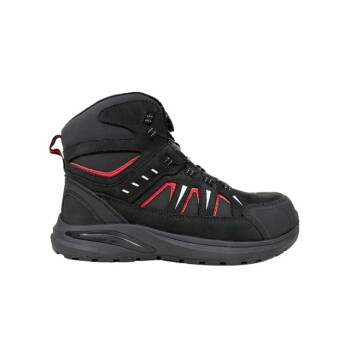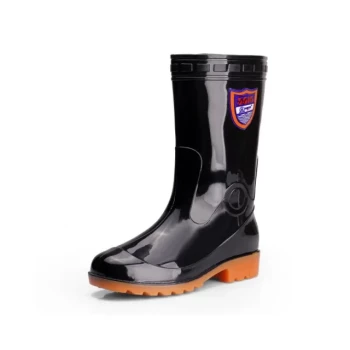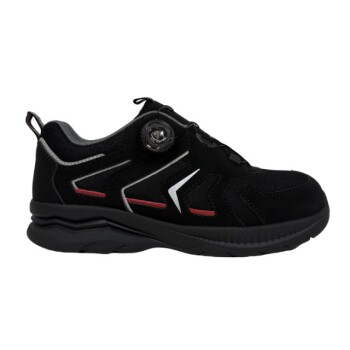To put it simply, all formal shoes are dress shoes, but not all dress shoes are formal shoes. "Dress shoe" is a broad category for any footwear worn in professional or "dressed up" settings, while "formal shoe" refers to the most traditional and elegant styles within that category, reserved for the most important occasions.
The critical distinction is not between two separate types of shoes, but in understanding that formality exists on a spectrum. A formal shoe represents the highest point on that spectrum, defined by its clean design, specific color, and traditional construction.
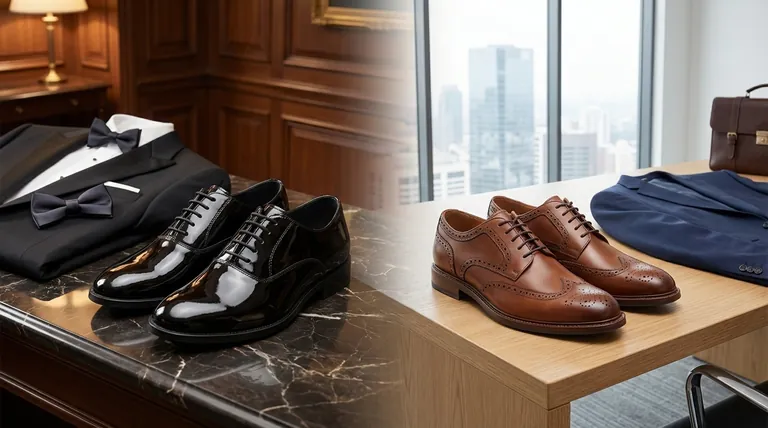
Dress Shoes: The Broad Category
A dress shoe is any shoe designed to be worn with attire that is more polished than casual wear, such as suits, blazers, and trousers. This category encompasses a wide range of styles suitable for everything from daily office wear to significant events.
The Defining Characteristic
The core purpose of any dress shoe is to provide a stylish, elegant aesthetic that complements a professional or formal outfit. They are the conventional choice for environments where conformity and a polished appearance matter.
A Spectrum of Styles
The dress shoe category includes many well-known styles. This includes the highly formal Oxford, the slightly more versatile wingtip or brogue, and the business-casual-appropriate loafer.
The Focus on Versatility
Because the term "dress shoe" is so broad, it includes options for nearly every level of professional or social formality. The key is matching the specific style of the dress shoe to the context of the event.
Formal Shoes: The Peak of Refinement
A formal shoe is the most traditional and conservative type of dress shoe. It is specifically designed to be worn with the most formal attire, such as a business suit for a critical meeting or a tuxedo for a black-tie event.
The Archetypal Formal Shoe
The quintessential formal shoe is the classic black leather Oxford. Its closed-lacing system creates a sleek, clean, and uninterrupted silhouette that is considered the pinnacle of footwear formality.
Key Structural Elements
Formal shoes are distinguished by their compact and sleek structure. They feature sharp lines, clean edges, and an absence of bulky or casual elements, ensuring they complement the sharp tailoring of a suit.
The Importance of Simplicity
True formal shoes have minimal detailing. Any decorative elements, like the perforations on a wingtip (known as brogueing), inherently make a shoe less formal. The most formal shoes are unadorned.
Understanding the Trade-offs
Choosing the right shoe involves more than just style; it requires balancing formality with practical needs. The most formal options are not always the most practical for every situation.
Formality vs. Comfort
The sleek, often stiff construction of a peak-formality Oxford can be less comfortable for all-day wear. In response, many brands now offer comfort dress shoes that maintain a professional look but incorporate features like cushioned insoles, better arch support, and more flexible materials.
The Color Code
Color is a primary indicator of formality. Black is always the most formal color for a dress shoe. Darker brown shades are acceptable in many business settings, but they are inherently less formal than black.
Durability for Daily Use
Highly polished patent leather, often used for tuxedo shoes, is delicate. For daily business wear, a high-quality calfskin leather offers a better balance of professional appearance and durability needed to withstand regular use.
Making the Right Choice for Your Occasion
Use the context of your event as the ultimate guide. Your shoe choice should reflect the level of respect and seriousness the occasion demands.
- If your primary focus is a black-tie event, wedding, or conservative business setting: A classic, unadorned black leather Oxford is the only appropriate choice.
- If your primary focus is daily office wear or a business casual environment: A wingtip, derby, or a high-quality loafer in black or dark brown provides the perfect balance of professionalism and style.
- If your primary focus is all-day comfort without sacrificing a professional look: Seek out "comfort dress shoes" from reputable brands that build modern ergonomic features into classic designs.
Ultimately, knowing the difference empowers you to select the precise footwear that enhances your attire and perfectly suits the occasion.
Summary Table:
| Feature | Dress Shoes | Formal Shoes |
|---|---|---|
| Definition | Broad category for professional/smart attire | Most elegant subset of dress shoes |
| Formality Level | Wide spectrum (Business casual to formal) | Peak formality (e.g., black-tie events) |
| Key Examples | Oxfords, Derbies, Loafers, Wingtips | Classic Black Oxford (unadorned) |
| Best For | Daily office wear, business meetings | Weddings, galas, conservative business settings |
Need the Perfect Shoe for Your Business or Event?
As a large-scale manufacturer, 3515 produces a comprehensive range of high-quality footwear for distributors, brand owners, and bulk clients. Whether you require durable daily-wear dress shoes or elegant formal Oxfords, our production capabilities encompass all types of shoes and boots to meet your exact specifications and volume needs.
Let us help you equip your customers with the right footwear for every occasion.
Contact our team today to discuss your manufacturing requirements and discover how we can add value to your supply chain.
Visual Guide
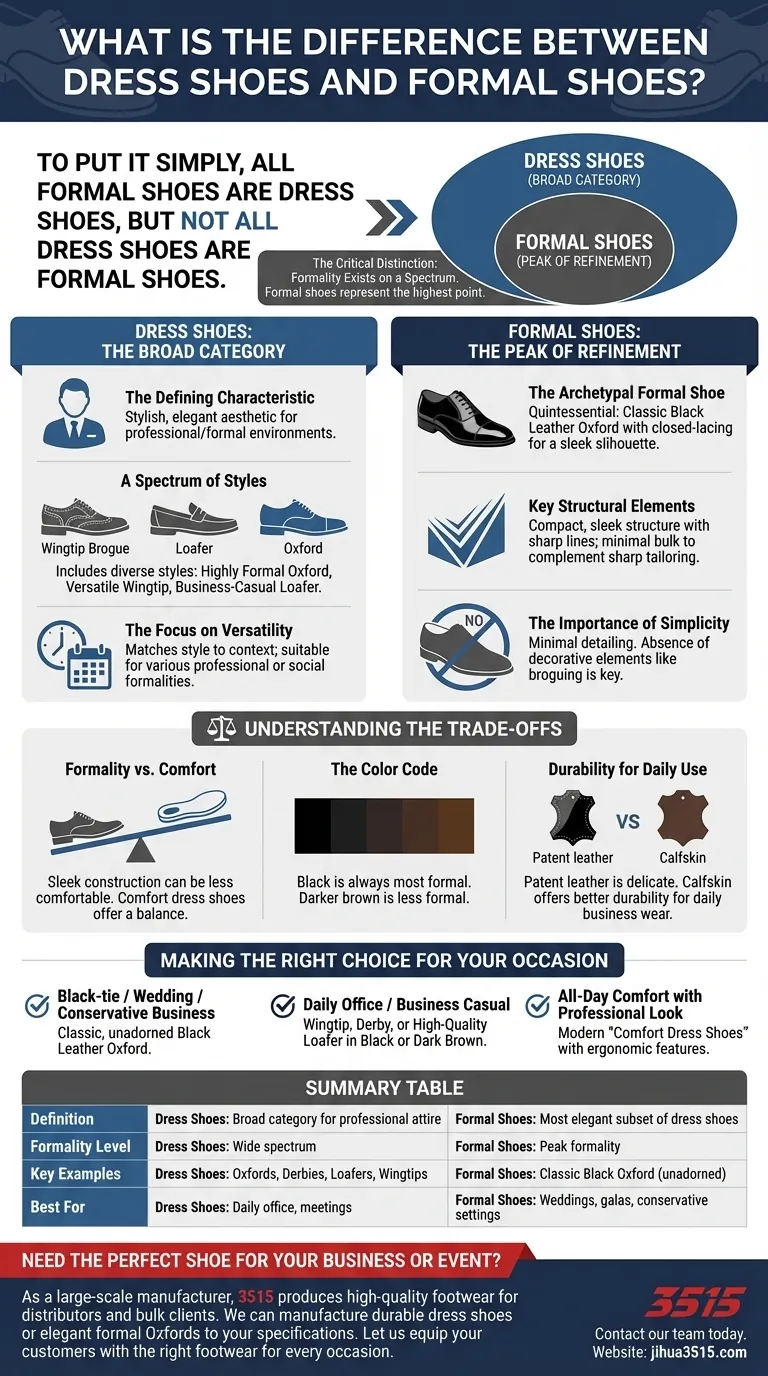
Related Products
- Wholesale Patent Oxford Dress Shoes | Custom & Bulk Manufacturing
- Wholesale Comfortable Business Casual Shoes Custom Manufacturing
- Custom Manufactured Air Cushion Leather Business Shoes for Wholesale
- Safety Footwear Wholesale Manufacturer for Custom OEM/ODM Production
- Wholesale Women's Leather Derby Shoes Custom Factory Production
People Also Ask
- What materials are used in formal and casual shoes? A Guide to Choosing the Right Footwear
- What are some recommended shoe styles for business professional attire? The Definitive Guide to Formal Footwear
- What makes Oxford shoes suitable for business casual settings? Master the Art of Professional Style
- What is the general advice given about shoe taxonomy and style preferences? Prioritize Your Personal Comfort and Style
- How is the Oxford shoe constructed? The Definitive Guide to Its Sleek, Formal Design
